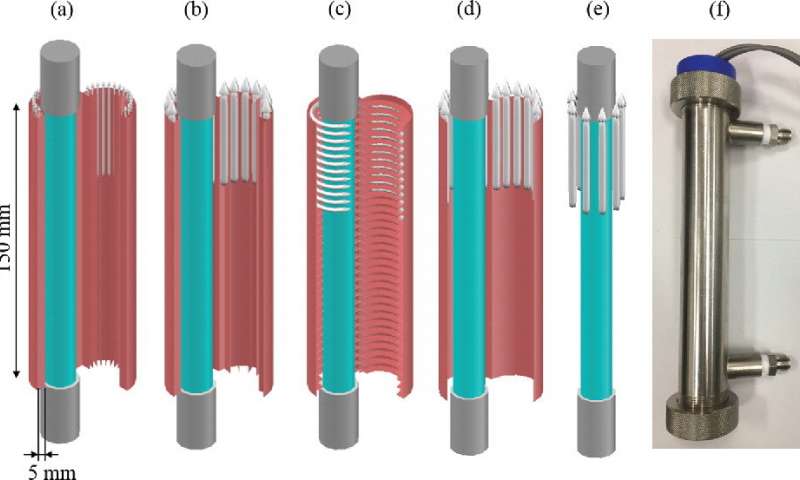A team of researchers has successfully developed a new air purification technology that can eradicate airborne viruses.
While we already have indoor air purification technology that can use UV light to sterilize and eradicate harmful airborne biological agents, it currently requires long irradiation periods in order to be effective.
This new form of air purification technology offers a potential solution that problem, however, and will be able to accomplish the same task in far less time. A team or researchers that are affiliated with South Korea’s Ulsan National Institute Of Science and Technology have succeeded in developing this new technology that uses vacuum ultraviolet energy and photocatalysis.
The team was led by Professor Jaesung Jane and Dr. Jeonghyun Kim in the school of Mechanical, Aerospace, and Nuclear Engineering at UNIST. Essentially, the vacuum ultraviolet and photocatalysis air purification technology can inactive airborne viruses with an incredibly short irradiation time. The report detailing this development was published in Aerosol Science and Technology on February 13, 2018.
The UV radiation below 200nm is named VUV and is an effective bactericidal option against airborne disease viruses, but it has been limited in use because it creates ozone which is toxic. Cleaning viruses only to cause issues with toxic byproducts probably isn’t an ideal way to go about things, but the issue has been solved by adding extra UV photocatalysis systems within the device itself.
In order to develop this new form of air purification technology, the research team looked at the photocatalysis reactions by VUV with short irradiation times in order to both inactivate airborne MS2 viruses as well as degrade the generated ozone towards a flow-through air disinfection system. The research team stated that the VUV photolysis treatment showed the highest inactivation efficiencies for MS2 viruses when compared with several other options.
“This system has the potential for high-capacity bioaerosol inactivation in HVAC, regardless of the weather,” says Professor Jang. “Most UV-based purifiers take longer times for disinfection, but this new air purification method can significantly improve the indoor air quality.”
“There are negative pressure isolation rooms for patients in hospitals in case where an infectious airborne disease viruses, such as tuberculosis, strikes…This system is capable of providing clean air at high efficiencies.”
Hopefully the developments of the new air purification technology can be leveraged in order to provide a safer environment in areas in which infection can be incredibly harmful such as the hospital rooms mentioned above. Purification has incredible applications, making this breakthrough a significant step forward and an opportunity to save many peoples’ lives.
As mentioned above, the full research is published in the journal Aerosol Science and Technology
SOURCE





